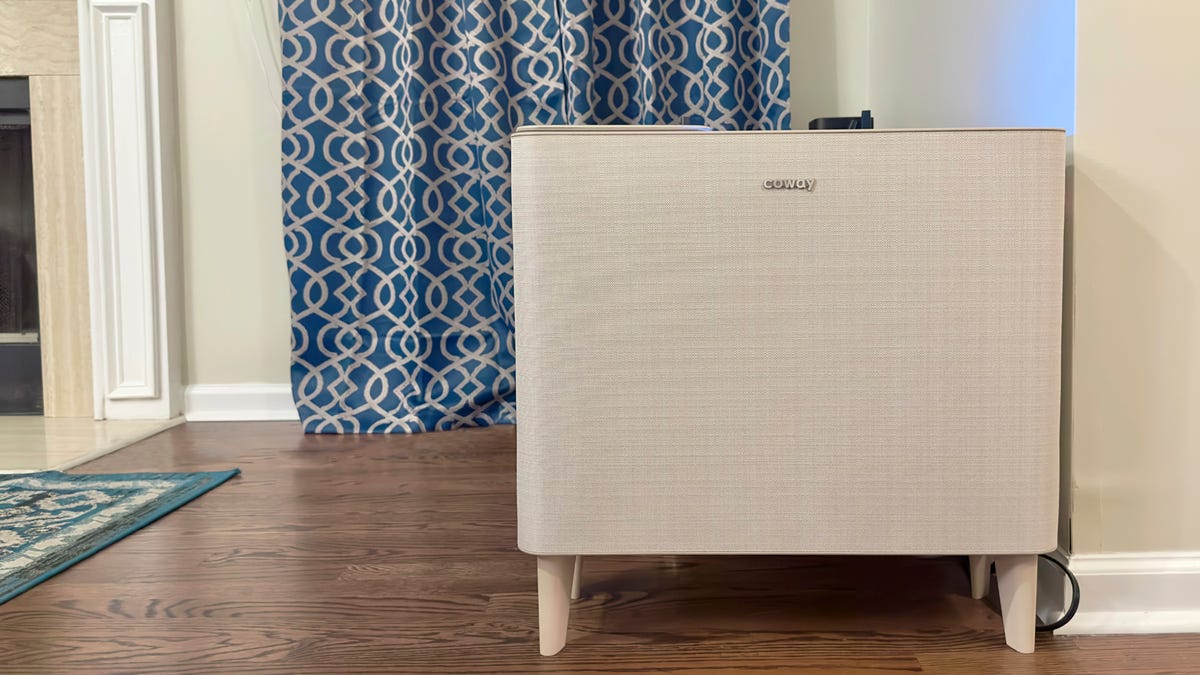- The iPad I recommend to most users is only $299 right now
- One of the most versatile action cameras I've tested isn't from GoPro - and it's on sale
- Small Manufacturers, Big Target: The Growing Cyber Threat and How to Defend Against It
- Why I pick this JBL speaker over competing models for outdoor listening
- Testing a smart cooler proved I can never go back to toting ice (and it's on sale)
The best smart air purifiers of 2025: Expert tested and reviewed

An important consideration for air purifiers is filter replacement. Some models require regular replacements of expensive filters, which could end up costing you hundreds of dollars per year.
Before you purchase a model, look into what type of replacement filters you’ll need, how much they cost, and if you can afford to replace them as required. Otherwise, choosing not to replace filters as recommended could reduce the air purifier’s efficiency. After all, they are capturing and trapping harmful particles, such as mold spores and bacteria.
Some air purifiers feature washable filters, which make maintenance easier. However, the most effective air purifiers include HEPA filtration and carbon filters, which need to be replaced. You can find the manufacturer’s requirements in the manual.
Some modern purifiers have an indicator light that warns you when it’s time to replace the filters. As a rule of thumb, plan on replacing carbon air filters every three months, and other filters every six months.

